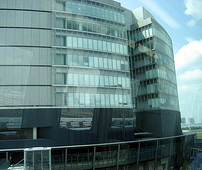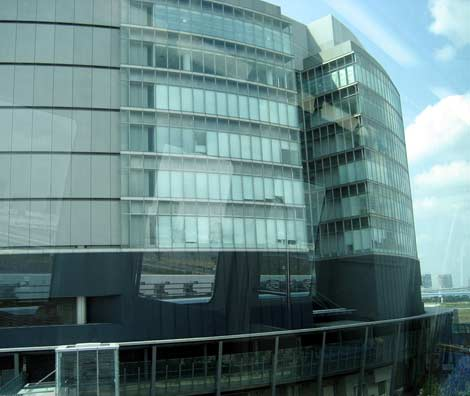What’s all the fuss?
By now, you have probably read the article Power, Pollution and the Internet by James Glanz in Sunday’s New York Times and Monday’s followup, Data Barns in a Farm Town, Gobbling Power and Flexing Muscle. You’ve probably even seen several of the many industry responses to the article.
My response? Who cares?
Many of the industry responses involve technical explanations of why Glanz is misinformed. Others suggest that he simply doesn’t understand the arguments he was making, and yet a few others suggest that he swallowed whole an argument made by some local PUCs or disgruntled municipality.
The most compelling complaint I heard is that the “data center industry” suffered a black eye because of the articles.
You can relax, if you have been worrying about this article. It will have no impact whatsoever, and not because of the furious responses of the many industry bloggers who have rebutted it. I read the article online and took a few minutes to look at the comments. And if these reader responses are any indication, no one outside the industry is taking the article seriously. In fact, the reader comments are as critical as anything I have seen written by an industry figure.
 I’m just astonished that anyone in the industry is surprised that someone from outside the industry might misunderstand that nuances of the industry, misinterpret the “fight club” mentality, or even expect that data centers could keep flying beneath the public’s radar.
I’m just astonished that anyone in the industry is surprised that someone from outside the industry might misunderstand that nuances of the industry, misinterpret the “fight club” mentality, or even expect that data centers could keep flying beneath the public’s radar.
Data centers have become too large, too important, and too resource hungry to remain out of the public eye for long. Regular readers of this blog will recall that I have made this point before. What’s more, I have warned that the industry’s penchant for secrecy would not serve it well in the long run. I have long considered the “fight club” mentality to be a bit of an industry insider joke. In an open society, secrets don’t stay secret for long. Still a more transparent industry would not be vulnerable to educated guesses made by analysts like McKinsey. McKinsey’s guesstimate of server utilization proved ammunition for many of the charges made against the industry in the article.
In addition, the article highlighted another industry vulnerability. Glanz did take the time to interview Ken Brill and Bruce Taylor of the Uptime Institute, Gartner’s David Cappuccio, and a number of end-users, academics, and consultants, but he did not seem to find any of the industry’s growing number of professional organizations, including The Green Grid, 7x24Exchange, and AFCOM to be credible. In short, the industry might have benefitted from having made one or more of these organizations strong public voices so James Glanz would have encountered someone able to draw a fuller picture of the industry’s efforts.
As the industry gets even bigger and more important, we are going to encounter a lot more public interest. We better get used to it; the public has a right to know about an industry that uses as much electricity and water as our facilities do and controls as much of the information as our networks do. And as the glare gets brighter, it is sure to highlight blemishes like comatose services, which were mentioned only in passing by Glanz and will be hard to justify on a technical basis as part of an industry that wishes to be seen in a positive light.
The Times articles disappointed me not only because they unfairly tarnished the reputation of some of the advocates for energy efficiency in data centers but also because it failed to find the waste that exists in other facilities.



